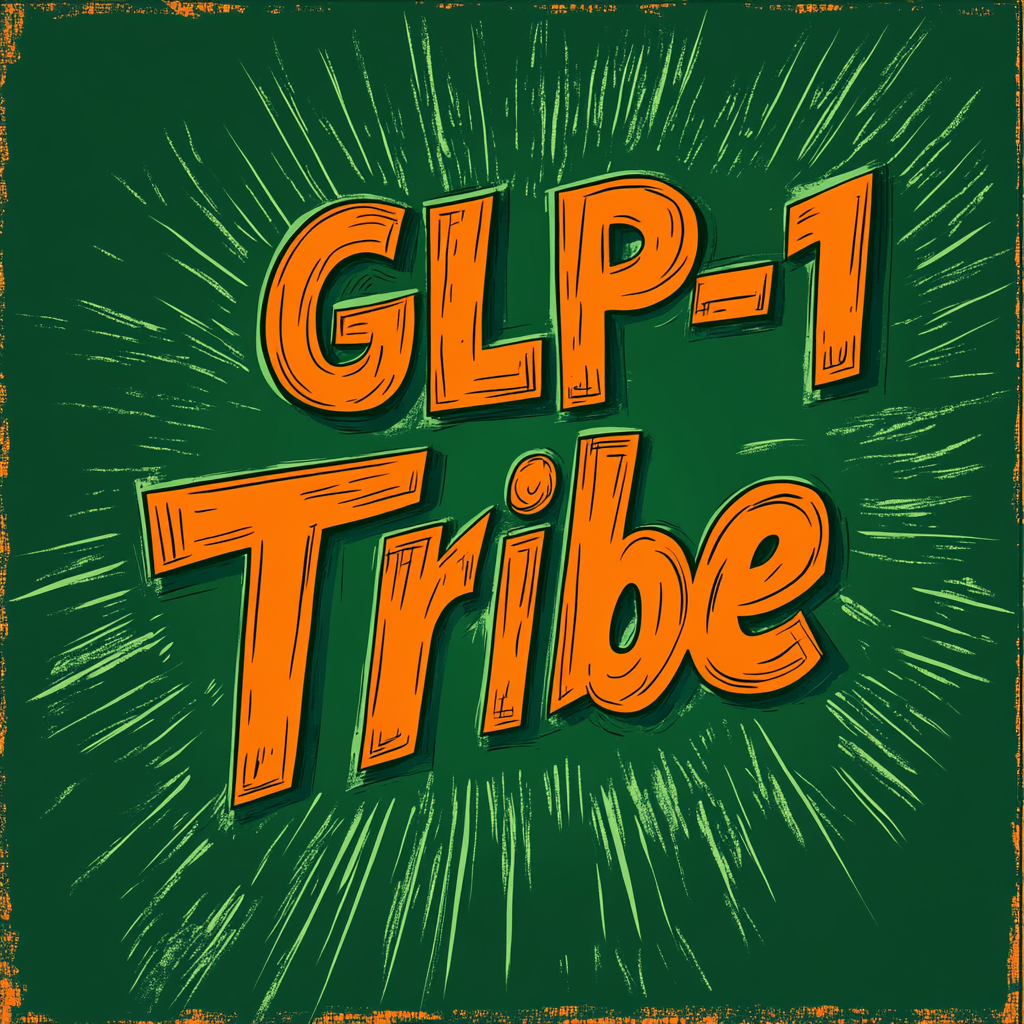Will Wegovy, Ozempic and Zepbound become 80% Cheaper? New Executive Order Targets Reducing GLP-1 Prices in the USA

If you've been following the news about weight loss or diabetes treatments, you know names like Ozempic, Wegovy, Mounjaro, and Zepbound. These medications, part of a class called GLP-1s, have shown incredible results for many people.
But you also know they come with a huge sticker price in the United States. We're talking list prices typically ranging from around $935 to $1,349 per month. Ouch.
For many Americans, that cost makes these life-changing medications completely out of reach, even with insurance (and coverage for weight loss is often spotty or non-existent). You might have heard stories of people paying full price or navigating complicated savings programs that still leave a hefty bill.
Here's the jaw-dropping part: That incredibly high US price is almost unheard of in other developed countries.
According to recent reports, the same medications can cost four to five times less in places like Canada, the UK, Germany, Australia, and Japan.
Think about that:
- Ozempic's list price in the US is around $936 per month. In Japan? About $169. That's over five times higher in the US!
- Wegovy's US list price is around $1,349 per month. In Germany? About $328. That's nearly four times higher here!
When something costs four to five times more in one place than another, bringing the higher price down to the lower level means a drop of 75% to 80%.
So, the big question is: Will Wegovy, Ozempic, and Zepbound actually become 80% cheaper in the USA?
It sounds almost unbelievable, but recent moves from the US government suggest this is exactly the kind of dramatic change they are trying to achieve.
Why are US Prices So High in the First Place?
It boils down to a few key reasons unique to the US system:
- No Central Bargaining: Unlike countries with national health systems that negotiate prices for everyone, the US has a fragmented system with thousands of different insurance plans. This splits up bargaining power.
- Complex System: It's a patchwork of insurers, PBMs (Pharmacy Benefit Managers), and different rules, making it hard to leverage collective buying power.
- Patent Power: Manufacturers hold strong patents, blocking cheaper generic versions for a long time.
- Profit Focus: Pharmaceutical companies are often focused on maximizing returns for shareholders, and the US market, without strong price controls, allows for maximum pricing.
Manufacturers like Novo Nordisk (Ozempic, Wegovy) and Eli Lilly (Mounjaro, Zepbound) are well aware of this. They set high list prices in the US while accepting much lower prices internationally. They also offer patient assistance programs and savings cards in the US, which can help some people, but they don't lower the underlying cost that burdens the overall healthcare system.
Enter the New Executive Order: A Direct Shot at High Drug Prices
President Trump recently signed a multi-part executive order specifically aimed at lowering drug prices in the US. His administration has described this as a much more aggressive push than previous efforts.
And here's the crucial part for those interested in GLP-1s: Officials have explicitly said that the high cost of drugs like Ozempic, Wegovy, and Zepbound makes them a target for these price reduction efforts.
The core idea behind this new directive is to link US drug prices to the lower prices paid in other countries. They are considering models that would cap US prices at the lowest price paid by other wealthy nations.
But the most significant potential change? This policy is intended to target medications covered by Medicare, Medicaid, and importantly for many patients, private insurance.
This is a big deal, as previous efforts often focused primarily on Medicare.
The order also touches on other areas like potentially making it easier to import drugs from countries like Canada and trying to get more transparency from PBMs.
So, Back to the 80% Question...
Based on the stark price differences shown in the data (four to five times lower internationally), reducing US prices to match those levels would indeed mean a price drop in the range of 75-80%.
The new executive order clearly aims to use these international benchmarks to force US prices down. The fact that GLP-1s are specifically mentioned as targets reinforces this goal.
However, and this is a big "however":
- It's Not a Done Deal: This is a policy directive, not a finished law or price list.
- Major Pushback Expected: The pharmaceutical industry, which makes billions from current US prices, is expected to fight these policies aggressively, likely in court.
- Implementation Challenges: Figuring out how to legally and practically force price reductions across thousands of private insurance plans is complex.
What Does This Mean for You Right Now?
Right now, the situation remains uncertain. The high prices for Ozempic, Wegovy, and Zepbound are still the reality for many. Access still varies greatly depending on your insurance.
But this executive order represents a significant development. It signals a serious intent from the US government to tackle the wildly inflated cost of these specific, popular, and expensive medications by directly referencing the much lower prices paid elsewhere.
Will it happen quickly? Will prices drop by a full 80%? Only time will tell. The path forward is likely to involve legal battles and political fights.
But for millions of Americans who could benefit from these drugs but are priced out, this new policy is a sign that help might be on the horizon. It's a powerful acknowledgment of the massive price disparity and a formal attempt to do something about it.
Keep watching this space. The fight for affordable access to these important medications is far from over.

